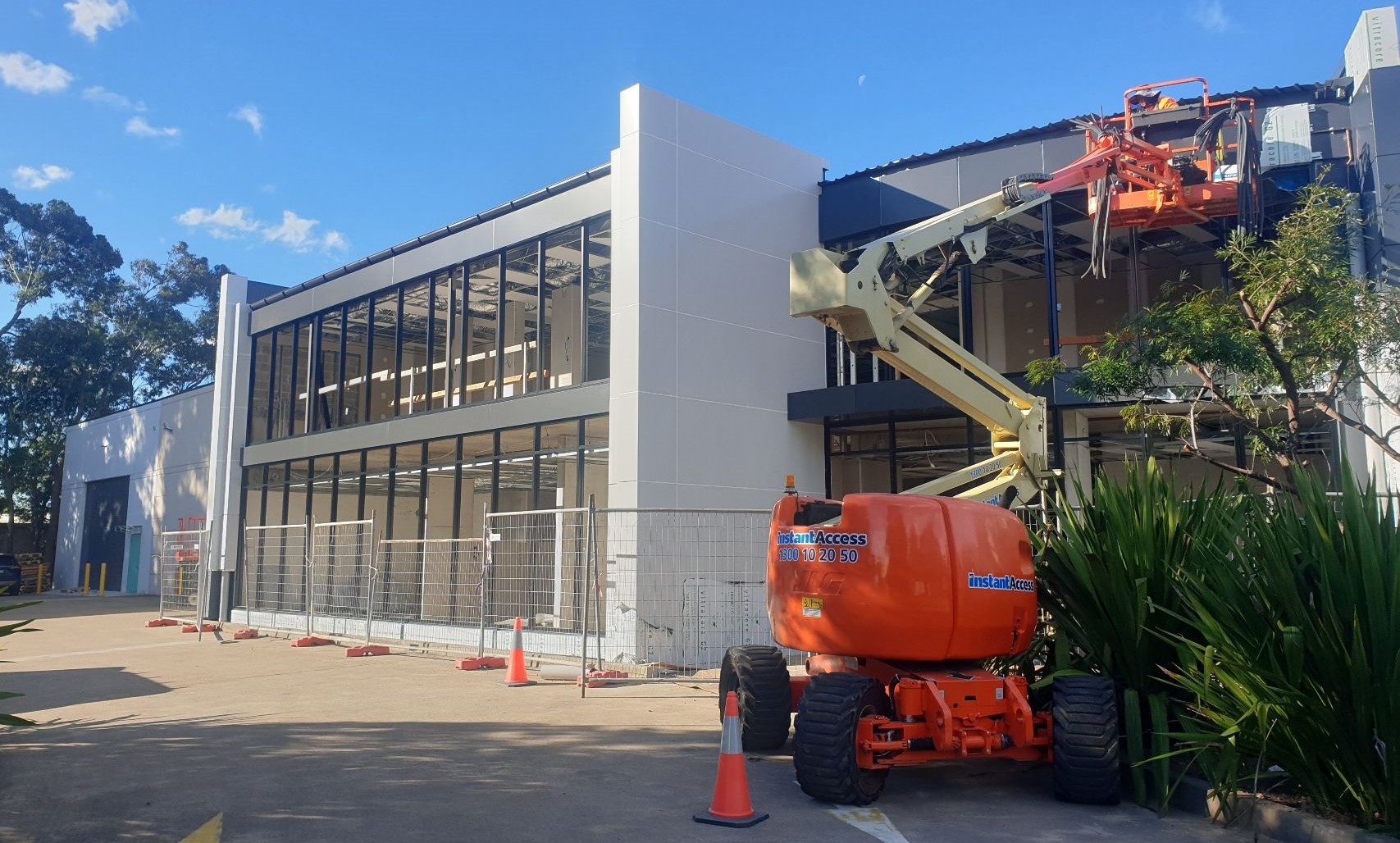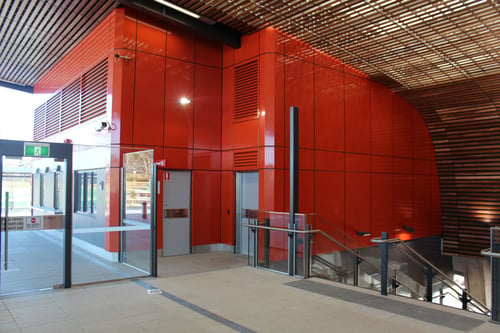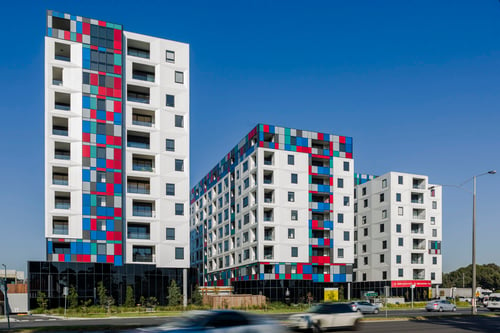With the cladding industry constantly under the spotlight, the issue of correct cladding installation methods is a serious issue but sadly not one that tends to make the front pages. This blog post looks at the three main points that need to be considered when installing any form of exterior façade: fire performance, weathertightness and installation engineering. Finding the right balance between these areas is critical to creating a safe and aesthetically pleasing façade. It can also be the deciding factor on whether a wall build-up is compliant or not.
Fire Performance
When considering the fire performance of your façade, the installation method is likely the most important factor.
Manufacturers design and test systems with a particular installation method so it’s important to replicate the design set out in the installation guidelines for the specific product you are planning to use on your project to achieve the proven fire performance. Deviating from this can result in contrary fire performance, for example, using tape fix or face fixing will give entirely different fire performance outcomes to using the industry standard cassette fixing for metal cladding. An example of how incorrect installation was used to fail a recent fire test can be found here>
Weathertightness
Weathertightness is also an important function of the façade and imperative to the longevity of any building. The façade is more often than not tasked with being the primary barrier for water ingress and therefore plays a highly important role in the whole wall build-up. Weathertightness is guaranteed if the façade is correctly installed to the specification provided by the manufacturer. For example, the standard cassette fix installation relies on the caulking/sealants to prevent water passing through past the panel, whereas the same panel installed as part of a rainscreen system would rely on your substrate to act as your primary water barrier. Both systems when correctly installed are equally resilient to water ingress.
Installation Engineering
The final point to consider is doing basic engineering of the standard installation system. This is typically done on a project and application specific basis and looks at criteria such as wind loading and minimum fixing requirements for the façade. Normally, when looking at a cassette system, these are relatively simple calculations that effect the frequency of the fixings and supporting accessories such as stiffeners. This prevents the panels losing their structural performance over a period of time.
Conclusion
Highlighting the importance of correct installation methods is key to ensuring that the performance of your façade meets the standards set by the manufacturer.
As a responsible manufacturer, Fairview is committed to ensuring safe and compliant use of its full range of façade products. Fairview has also developed the industry’s first accredited training courses for installers in partnership with the Master Builders Association. The SafeClad training and accreditation program is paving the way and setting the standard for required knowledge within the industry.




